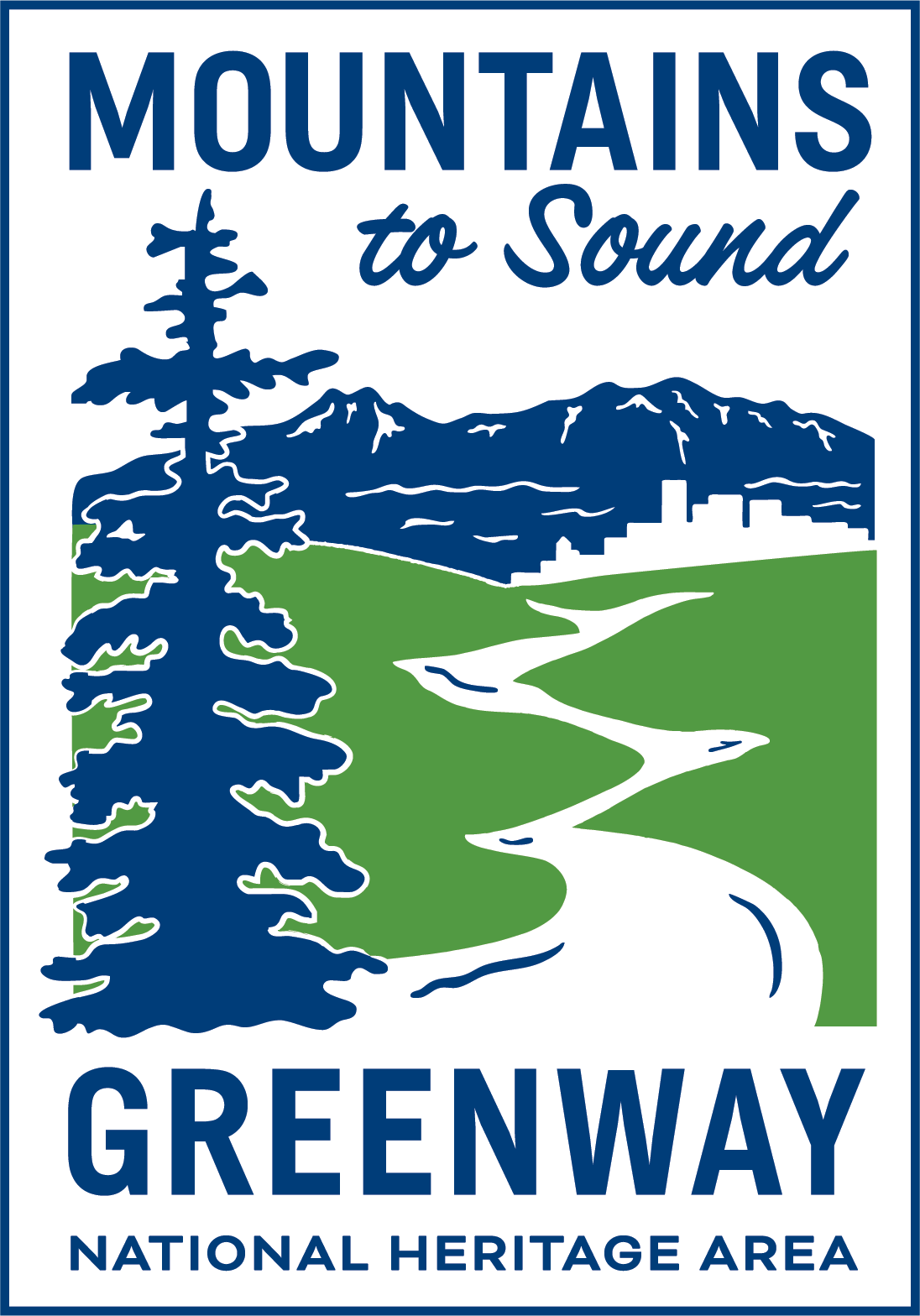
- Get Involved
- Events
- Calendar of Events
- Events
- Corrals Kiosk – May 9
Corrals Kiosk – May 9
The L.T. Murray Wildlife Area Complex is comprised of three individual wildlife areas - the L.T. Murray, the Quilomene, and the Whiskey Dick. Together, the entire L.T. Murray Complex covers roughly 110,000 acres, with approximately 30,000 acres of Department of Natural Resources (DNR) and Bureau of Land Management (BLM) lands interspersed throughout in a checkerboard pattern.
Primary management concerns and public issues identified in the L.T. Murray, Quilomene, and Whiskey Dick Wildlife Areas Management Plan are:
- Preserve habitat and species diversity of fish and wildlife resources
- Maintain or improve conditions for Priority Habitats and Species
- Protect critical elk winter range and upland game bird habitat
- Protect and restore native plant communities
- Control noxious weeds and other undesirable vegetation
- Provide diverse public opportunities to encounter, utilize, and appreciate wildlife and wild areas
- Address litter, poaching, illegal off-road vehicle use, and other enforcement issues
Public recreational opportunities on the L.T. Murray Complex are diverse, including hunting, camping, fishing, wildlife viewing, target shooting, wildflower tours, ATV and snowmobile riding, horseback riding, and hiking. Recently, the wildlife areas have seen a dramatic increase in non-hunting uses such as ATV riding, bird watching, and shed antler collection.
Approximately 2,000 head of elk are fed on the L.T. Murray Wildlife Area each winter to minimize depredation on private agricultural lands. From mid-December until mid-March hay is distributed daily at two feed sites, which provide popular elk viewing and educational opportunities for local school children and interested public.
For safety, volunteers are required to wear:
- Long pants (we’ll be working with tools, so no shorts!)
- Sturdy, close-toed shoes (absolutely no sandals)
- Gloves
In addition, we recommend that participants bring:
- Warm layers, especially during the fall, winter, and spring
- Rain gear
- Big sack lunch
- Water for the day (3 liters minimum)
- Small daypack for lunch, extra layers, etc.
Corral parking area – From Ellensburg, take the Vantage Hwy 17 miles east and the parking lot will be on the north side of road (beside old corral structures!).




